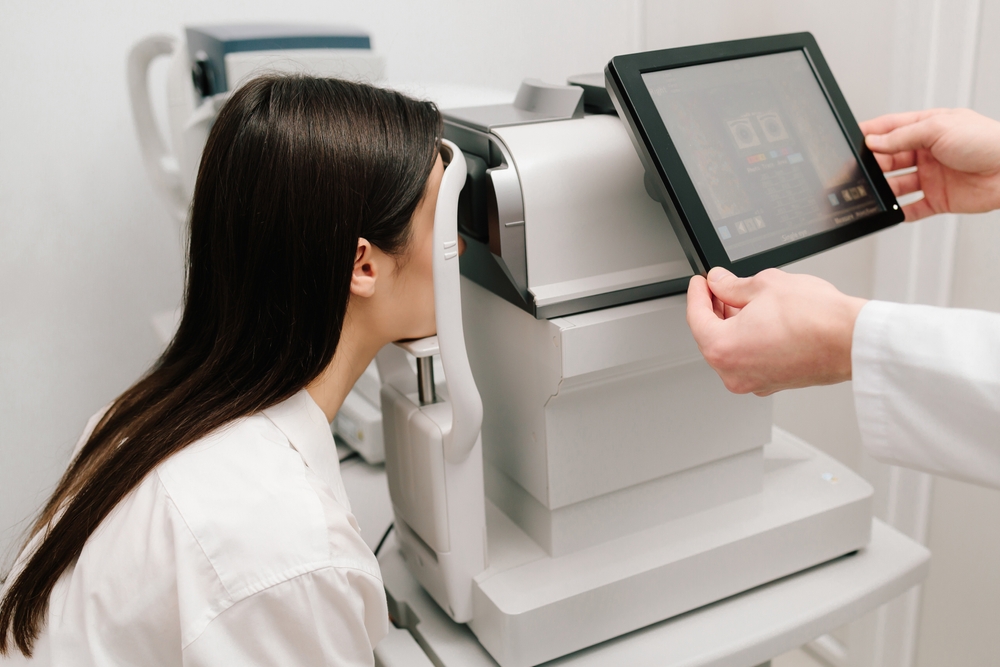
Seeing letters or numbers appear backward or upside down may sound unusual, but for many children, it's a common and frustrating experience. This phenomenon, often referred to as visual reversal confusion, can make learning to read and write much more difficult and may even lead to academic struggles if left unaddressed. Fortunately, vision therapy offers targeted support that can help children overcome this challenge and build confidence in their visual skills.
What Is Visual Reversal Confusion?
Visual reversal confusion occurs when a child frequently reverses letters, such as mixing up “b” and “d”, “p” and “q”, or even numbers like “6” and “9.” These reversals are not necessarily a sign of dyslexia or a learning disability, especially in younger children who are still developing visual processing skills. However, if reversals persist beyond the early elementary years, it may indicate a visual processing issue that can benefit from professional intervention.
Why Do Letter Reversals Happen?
The root of letter and number reversals often lies in underdeveloped visual spatial and visual memory skills. These skills allow us to understand directionality (left vs. right), recognize the orientation of objects, and recall the proper formation of letters. When these systems aren’t functioning optimally, children may struggle to interpret or reproduce letters correctly.
Other contributing factors may include:
• Poor eye tracking or eye teaming abilities
• Weak visual discrimination (noticing differences in similar shapes)
• Delayed visual motor integration (coordinating vision with movement)
How Vision Therapy Helps
Vision therapy is a customized program of exercises and activities designed to strengthen the visual system. It goes beyond standard vision correction (like glasses or contacts) by targeting how the eyes work together and how the brain processes visual information.
For children with visual reversal confusion, vision therapy focuses on:
• Enhancing visual spatial awareness to distinguish left from right and understand object orientation
• Improving visual memory so children can recall how letters and words are formed
• Developing visual discrimination to reduce confusion between similar-looking characters
• Strengthening eye movement control to improve reading fluency and accuracy
These improvements not only reduce letter reversals but also contribute to better focus, improved handwriting, and greater academic success.
Signs Your Child May Benefit from Vision Therapy
If your child is frequently reversing letters or numbers and exhibits any of the following, it may be time to schedule a visual evaluation:
• Struggles with reading or writing
• Skips or rereads lines
• Complains of tired or sore eyes
• Reverses words or letters past age 7
• Has difficulty following directions involving left and right
Help Your Child See and Succeed
Letter reversals can be discouraging for children and parents alike, but with the right support, they don’t have to hold your child back. Vision therapy offers an effective, research-backed solution to help children strengthen their visual processing skills, reduce reversals, and build a solid foundation for academic success.
If you’re concerned about your child’s letter reversals or visual development, schedule a consultation with High5 Vision Development and discover how vision therapy can make a lasting difference. Visit our office in New Braunfels, Texas, or call (210) 507-7979 to book an appointment today.








